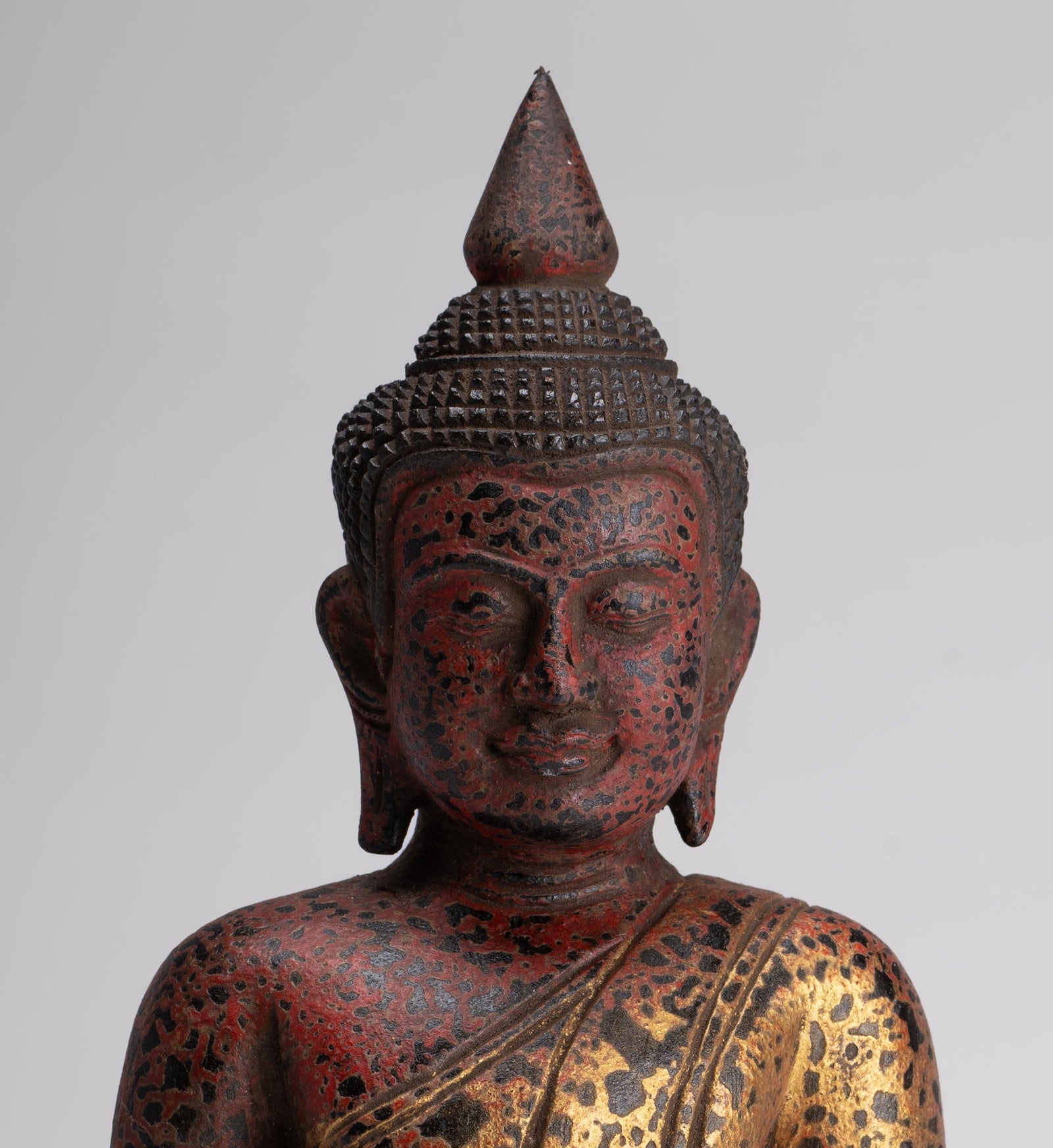
Pratītyasamutpāda: The Buddhist Concept of Dependent Origination
Introduction
The concept of Pratītyasamutpāda (Sanskrit: प्रतीत्यसमुत्पाद), often translated as Dependent Origination or Dependent Arising, is one of the most profound teachings in Buddhism. It explains the fundamental nature of reality, emphasizing that all phenomena arise in dependence upon other conditions.
This doctrine is central to Buddhist philosophy and plays a crucial role in understanding suffering, impermanence, and the nature of existence.
Meaning and Interpretation
Pratītyasamutpāda is a causal principle that describes how things come into existence, change, and cease based on interdependent causes and conditions. It denies the notion of an unchanging, independent self (ātman) and highlights that all things exist in a web of interconnected relationships.
The term can be broken down as follows:
-
Pratītya – meaning "dependent on" or "because of"
-
Samutpāda – meaning "arising" or "origination"
Thus, Pratītyasamutpāda conveys the idea that everything arises due to specific conditions and ceases when those conditions are no longer present.
The Twelve Links of Dependent Origination
The most well-known application of Pratītyasamutpāda is the Twelve Nidānas (Links of Dependent Origination), which describe the cyclical nature of existence (samsara) and the arising of suffering. These twelve links are:
-
Avidyā (Ignorance) – Not understanding the true nature of reality.
-
Samskāra (Mental Formations/Karmic Conditioning) – Volitional actions influenced by ignorance.
-
Vijñāna (Consciousness) – The arising of awareness conditioned by past actions.
-
Nāmarūpa (Name and Form) – The mental and physical aspects of existence.
-
Ṣaḍāyatana (Six Sense Bases) – The five senses and the mind.
-
Sparśa (Contact) – The interaction between sense organs and objects.
-
Vedanā (Feeling/Sensation) – The experience of pleasure, pain, or neutrality.
-
Tṛṣṇā (Craving/Desire) – The longing for pleasurable experiences.
-
Upādāna (Clinging/Attachment) – Intensified craving leading to grasping.
-
Bhava (Becoming/Existence) – The continuation of karmic formations leading to rebirth.
-
Jāti (Birth) – The arising of a new existence.
-
Jarā-maraṇa (Aging and Death) – The inevitable decay and cessation of life.
These twelve links illustrate the cyclic existence (samsara), showing how suffering perpetuates due to ignorance and craving.
Significance in Buddhist Thought
Pratītyasamutpāda is essential to Buddhist teachings in several ways:
1. Explains the Nature of Reality
Buddhism asserts that everything is impermanent (anicca) and without an independent self (anattā). Dependent Origination demonstrates that nothing exists independently; all things arise and pass away due to interrelated causes.
2. Provides the Foundation for the Four Noble Truths
The Four Noble Truths outline the nature of suffering (dukkha) and its cessation. Pratītyasamutpāda explains how suffering originates through the cycle of craving and attachment and how it can be ended through wisdom and right action.
3. Refutes the Idea of an Eternal Self
The doctrine of anattā (non-self) is supported by Pratītyasamutpāda, as it shows that there is no fixed, independent self. Instead, existence is a process of interdependent causes and effects.
4. Guides the Path to Liberation
By understanding the chain of causation, Buddhists can break free from samsara. This is achieved through the Noble Eightfold Path, which includes ethical conduct, mental discipline, and wisdom.
Applications in Daily Life
Pratītyasamutpāda is not just a philosophical concept but also a practical guide for personal transformation. Recognizing the interdependent nature of life can help in:
-
Developing mindfulness – Understanding that experiences arise and pass away reduces attachment and suffering.
-
Cultivating compassion – Realizing that all beings are interconnected fosters empathy and kindness.
-
Breaking negative cycles – Awareness of conditioned patterns allows individuals to create positive change.
-
Reducing suffering – Recognizing impermanence helps in dealing with loss and adversity with equanimity.
Conclusion
Pratītyasamutpāda is a core Buddhist teaching that explains the interdependent nature of reality, the arising of suffering, and the path to liberation. By understanding how things originate and cease due to conditions, one can cultivate wisdom, break free from suffering, and achieve spiritual awakening.
This profound insight not only shapes Buddhist philosophy but also offers practical wisdom for living a mindful and compassionate life.


